Cassiterite is one of the main tin-containing minerals. In different tin ore bodies, the symbiotic minerals of cassiterite are different. In the ore bodies intergrowth with rare metals, cassiterite has close symbiosis relationships with niobite, tantalite, aquamarine, and other minerals. In placer tin ore bodies, cassiterite intergrows with ferric oxide. In the sulfide deposit, cassiterite intergrows with wolframite in a fine fineness. For its complex symbiosis relationships, fine grinding often shows in the dissociation of cassiterite. However, tin is brittle, mud is easy to emergy during the fine grinding, which contains part of tin metals. This part of tin metal is easy to lose in cassiterite extraction. In this passage, we will introduce you the cassiterite extraction technology.
Use the table of contents below to navigate through the guide:
01Cassiterite gravity separation
The density of cassiterite is bigger than its gangue minerals. Therefore, gravity separation is the main production way of tin concentrates. The gravity of cassiterite is mainly ore sorting. Multiple grinding and multiple processing technologies are used as the processing flow of cassiterite extraction. It is to realize the principle of early dissolving, early recycling and early discarding, and avoid the over crush of unevenly embedded.
Because mud is easy to emerge during the crushing and grinding stage, classification and desliming is the important preparation before the cassiterite gravity separation. It can remove the distraction of mud, and also control the feeding particle size at the same time in cassiterite extraction. Washer, cross-flow belt chute, small diameter cyclone are used as desliming equipment in cassiterite extraction.
Jig, shaking table, spiral concentrator can be used as gravity separator in cassiterite separation. The coarse particles are easy to be recycled. The finer the particle size is, the more difficult it is to recover. Horizontal centrifuge and belt chute can be used as the combined equipment for fine tin minerals. However the recovering effect is limited, and the recycling index is lower.
02Cassiterite flotation
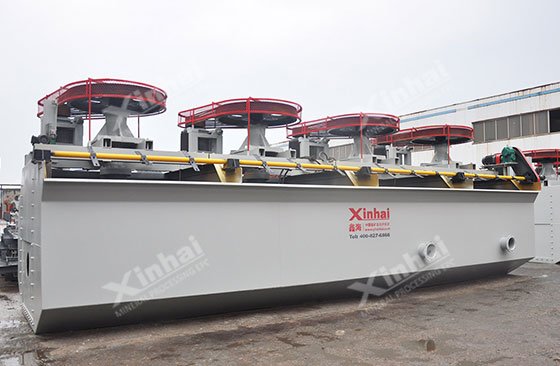
For the lower separating efficiency of cassiterite smaller than 19μm, flotation becomes one of the important ways in cassiterite extraction. However, there are problems such as the large surface area of ore particles and a large amount of agent consumption, in cassiterite fine flotation. At present, there are two methods to improve the cassiterite fine particle flotation effect. One is to pretreatment of fine particles before flotation. The other one is to use effective flotation reagent and equipment combination.
The common pretreatment methods include pulp strong agitation, large-diameter cyclone classifying, small diameter hydrocyclone desliming, reducing the lower limit of classifying particle size and desliming particle size, etc.
The common collectors of cassiterite flotation include fatty acid collectors, alkyl sulfosuccinate acid collectors, phosphonic acid, arsonic acid, etc. Sodium silicate, sodium carbonate, and sodium hydroxide are used as the pH regulators together. Among them, sodium silicate has inhibition to cassiterite, calcite, scheelite, quartz, and feldspar. The inhibitions of different minerals are different in dosage. Under the condition of 10 pH, the concentration grade and enrichment ratio is good. Sodium hexametaphosphate can inhibit calcspar, limonite and other minerals, and using with oleic acid. Sodium fluorosilicate is the common regulator in fine cassiterite flotation. Using sodium alkyl sulfate and styrene phosphonic acid can enlarge the flotation area, which is advantage for cassiterite. It can be used as an inhibitor of gangue minerals to improve the grade of concentrate. Carboxymethocel is also a common calcspar inhibitor. Besides the above inhibitors, the common cassiterite inhibitors include sulfuretted hydrogen, sodium sulfide, naphthol sulfur, low molecular oxalic acid, citric acid, lactic acid, tartaric acid, etc.
03Other cassiterite extraction technology
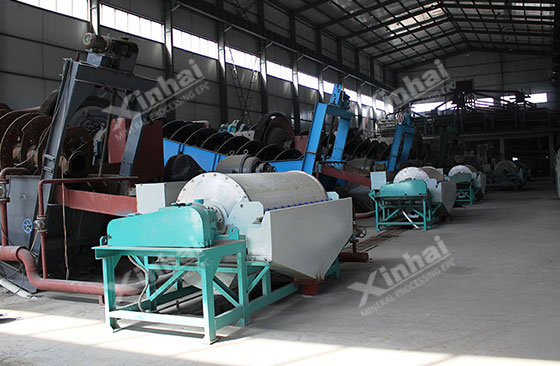
Besides the common gravity separation and flotation, magnetic separation, electroflotation, flocculation, carrier flotation, reduction leaching can also be used in cassiterite extraction.
Magnetic separation is mainly to remove the iron oxide minerals, which is mainly wet strong magnetic separation. It is used for raw ore, secondary concentrate, and concentrate before gravity separation. The dry magnetic separation is most used to separate tungsten and tin minerals. Electroflotation, flocculation, carrier flotation and reduction leaching are used for fine and superfine particle cassiterite extraction.
The above is the common cassiterite extraction technology. In cassiterite extraction, it is noticed that some cassiterite minerals are in the mud. To avoid the mineral lost in desliming, the mineral processing experiment should be carried out before mineral processing solution determination, to require a comprehensive recycling effect.

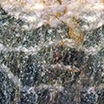
 marketing@ytxinhai.com
marketing@ytxinhai.com  0086 13810327080
0086 13810327080 





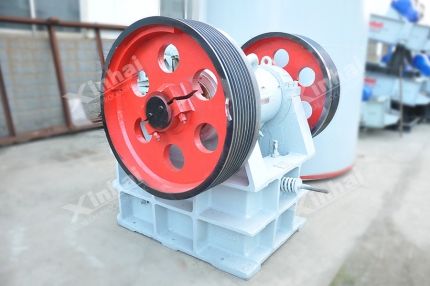

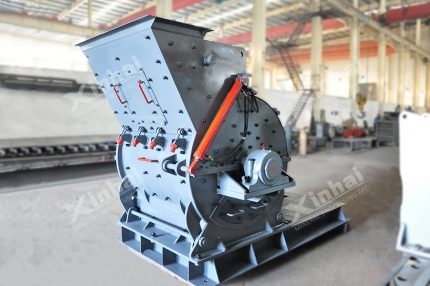

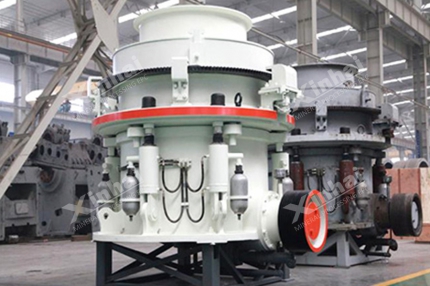




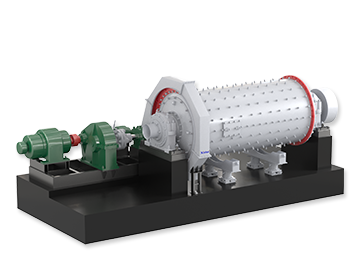
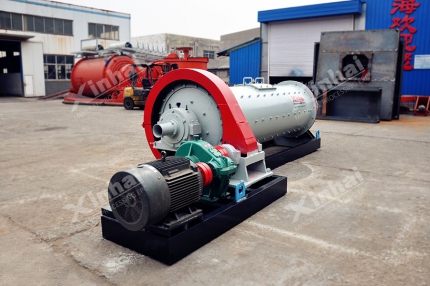







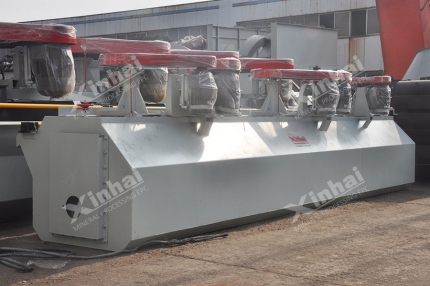
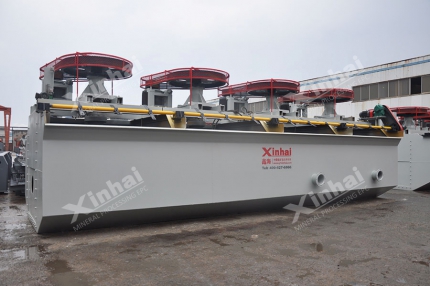
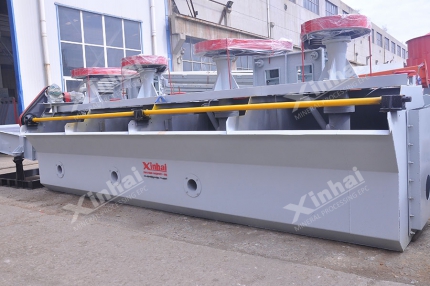

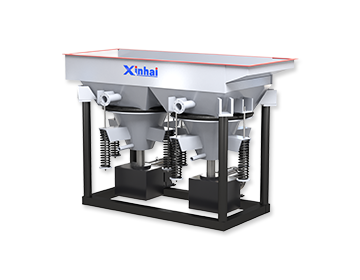
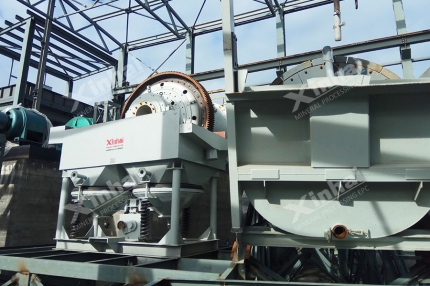
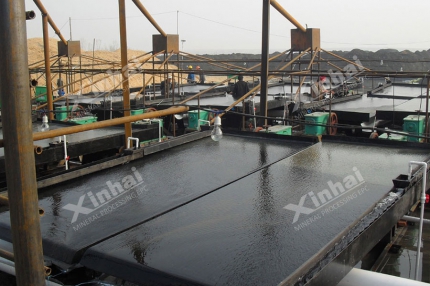


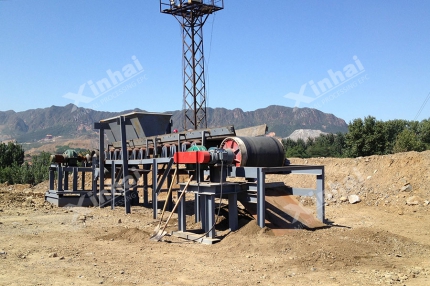











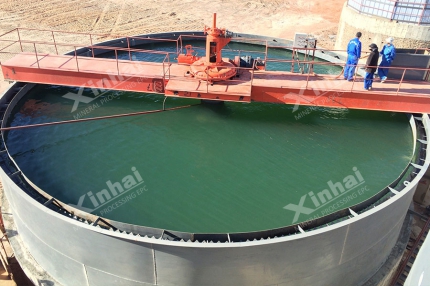











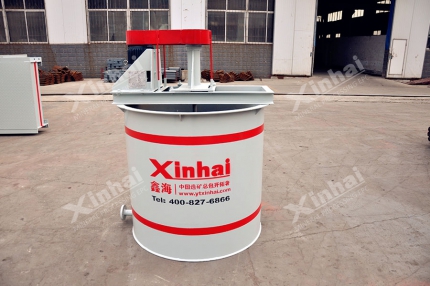






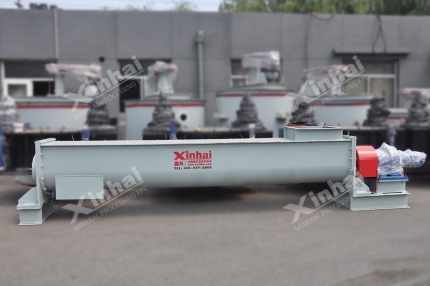



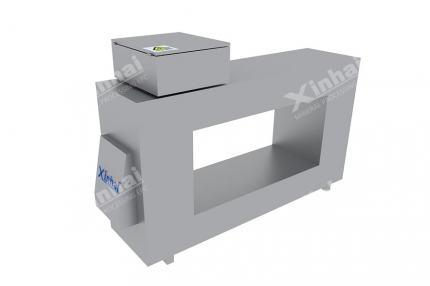
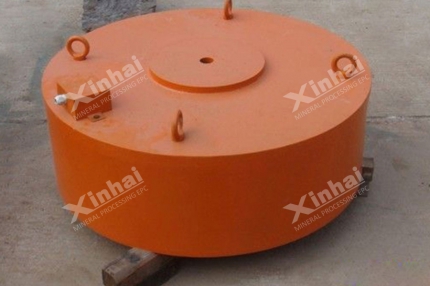


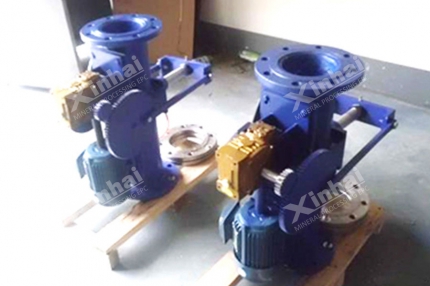
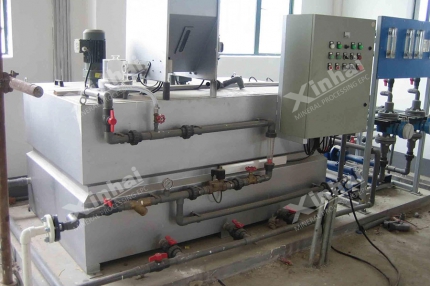


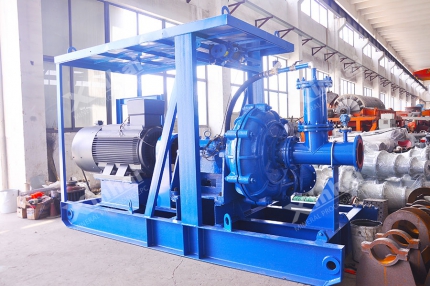
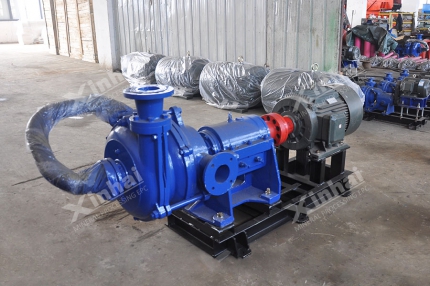


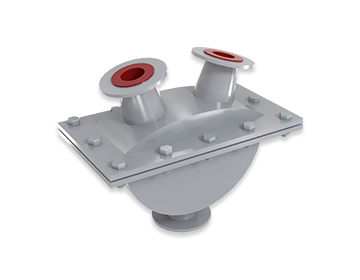
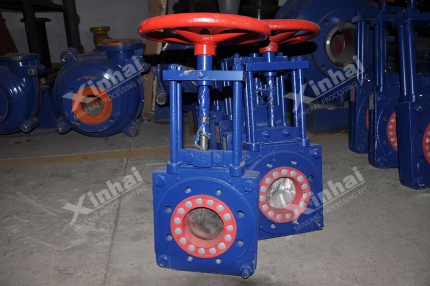











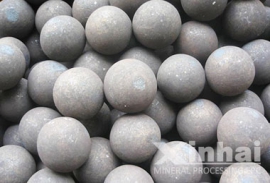


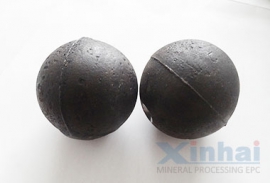


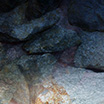



 CHAT
CHAT MESSAGE
MESSAGE


